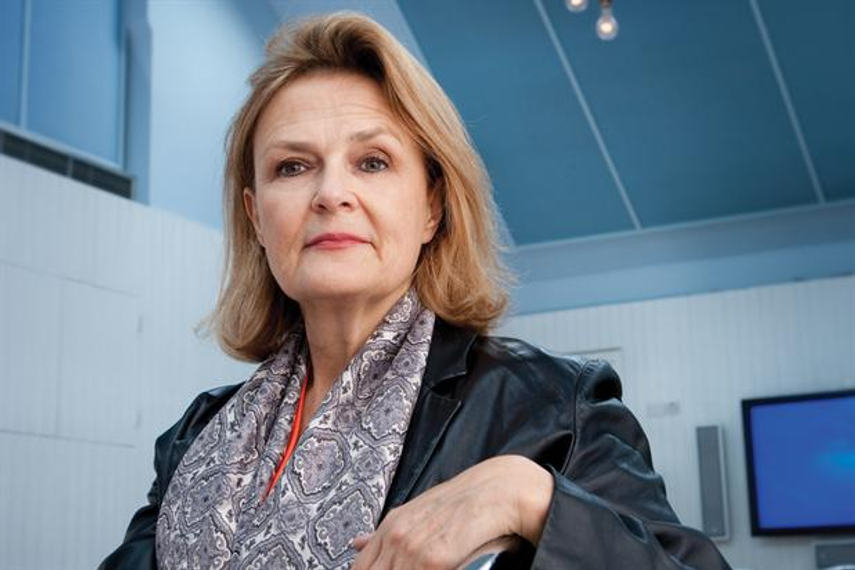
Please sign in or register
Existing users sign in here
Having trouble signing in?
Contact Customer Support at
[email protected]
or call+91 22 69489600
Havas Worldwide's co-global president tells John Tylee why keeping digital talent is a battle even for adland's giants.

Contact Customer Support at
[email protected]
or call+91 22 69489600
Top news, insights and analysis every weekday
Sign up for Campaign Bulletins
As marketers move beyond viewability as a proxy for effectiveness, a new global study from mCanvas and Lumen Research offers fresh evidence for the industry’s growing focus on attention metrics. The meta-analysis, conducted across 110 campaigns in 19 categories and nine markets, reports a strong correlation between higher Attention Per Mille (APM) and improved downstream outcomes such as CTR, recall, and purchase intent.
YouTube held its annual Impact Summit in New Delhi last week, and the announcements weren't just about views or subscribers. The company rolled out AI tools, forged partnerships with educational institutions, and dropped some numbers that paint a picture of just how embedded the platform has become in India's economy.
A near 10-minute film turns everyday voice notes into a rural love story, offering a fresh lens on long-distance relationships in India.
WPP grapples with an inherited “failure of modern corporate governance,” Darren Woolley writes. Cindy Rose must now prove that the next chapter rests on integrity rather than growth at any cost.